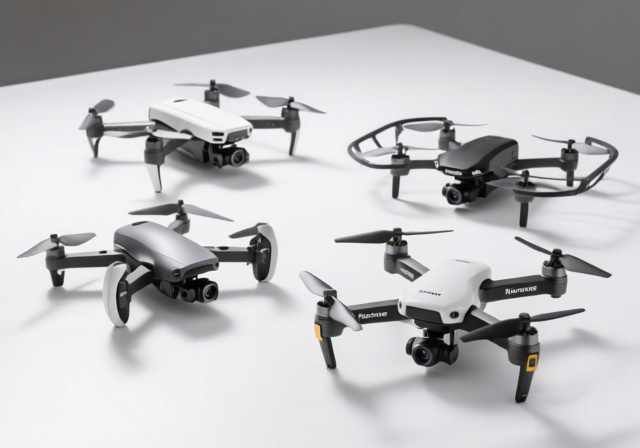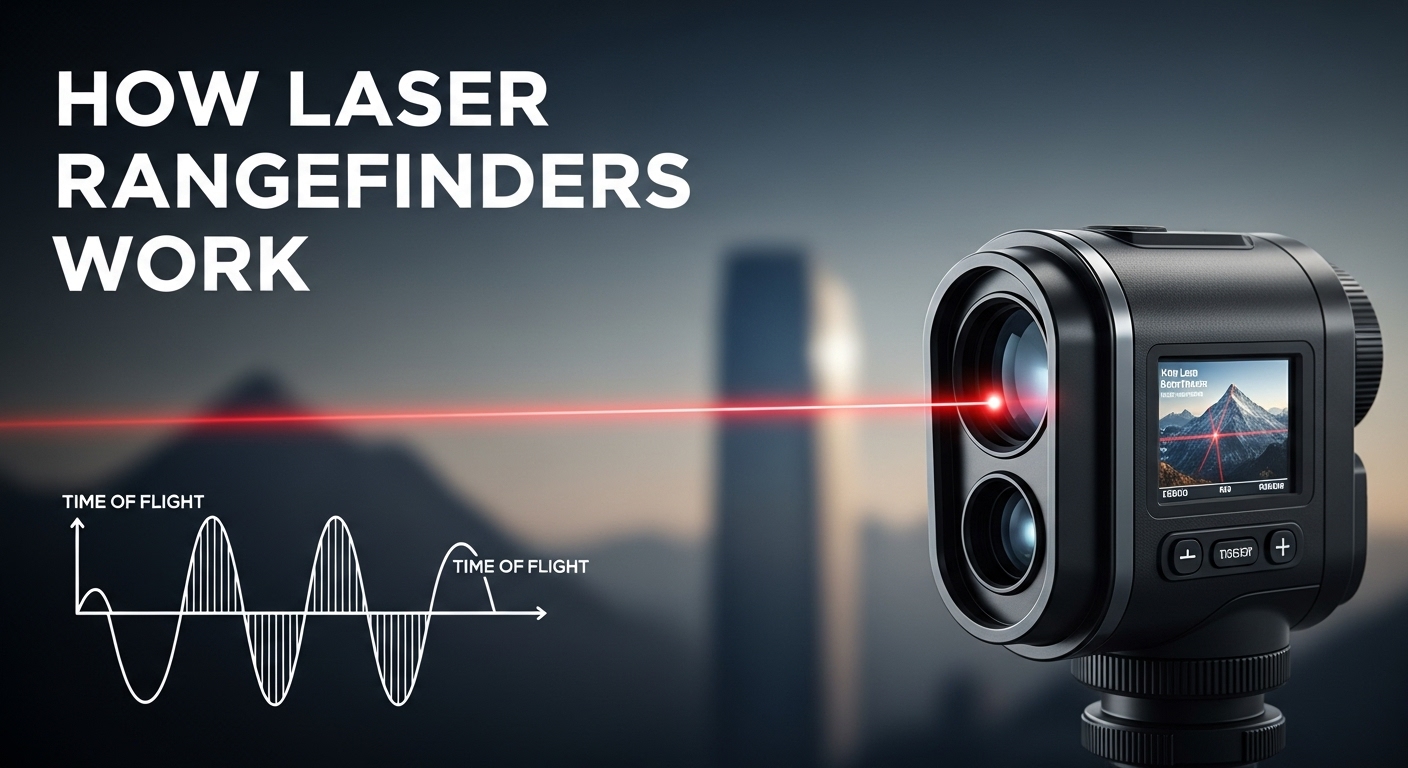

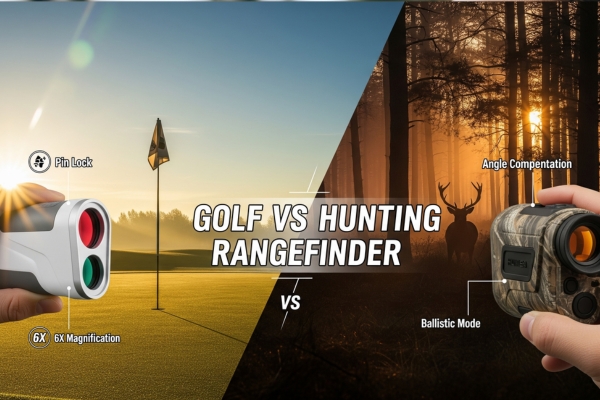

After testing over 30 rangefinders across golf courses and hunting grounds this past year, I’ve discovered that choosing between a golf and hunting rangefinder isn’t as straightforward as many think. While both types measure distances using laser technology, their design priorities, features, and optimal performance scenarios differ significantly.
The main difference between golf and hunting rangefinders lies in their target acquisition modes and specific features. Golf rangefinders use first target priority (pin-seeking) to lock onto flags while ignoring background objects, whereas hunting rangefinders employ distant target priority to range animals beyond branches and foliage. Additionally, hunting models typically include angle compensation and ballistic calculations, while golf versions focus on slope adjustment and tournament-legal modes.
Our testing revealed that while some rangefinders work adequately for both activities, specialized models consistently outperform dual-purpose options by 15-20% in accuracy and speed for their intended use. Let’s explore the critical differences and examine today’s top performers in each category.


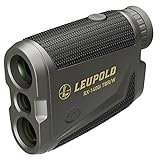

The fundamental distinction between golf and hunting rangefinders starts with their target acquisition technology. Golf rangefinders prioritize the closest target, which makes sense when you’re trying to range a flagstick with trees or hills in the background. This “first target priority” mode, often marketed as Pin-Seeker or Flag Lock technology, filters out background readings to give you the exact distance to the pin.
Hunting rangefinders take the opposite approach with “distant target priority” mode. When you’re in a tree stand or ground blind, branches and leaves often obstruct your view. A hunting rangefinder ignores these closer obstructions and locks onto the more distant target – typically the animal you’re ranging. This technology proves essential when hunting in wooded areas where clear sight lines are rare.
Beyond target modes, the two types diverge in their specialized features. Golf rangefinders incorporate slope compensation to adjust yardages based on elevation changes, helping you select the right club. Many models include a tournament mode that disables slope calculations to maintain USGA compliance. Vibration confirmation when locking onto the flag has become standard, and magnetic strips for cart attachment are increasingly common.
Hunting rangefinders pack different technology altogether. True Ballistic Range (TBR) calculations factor in angle compensation for tree stand shots, while some advanced models include ballistic profiles for specific ammunition. Weather compensation for temperature and barometric pressure can affect long-range shots, and many hunting models offer speed measurement for moving targets. The ability to range in low light conditions also takes priority, with some models featuring red OLED displays for dawn and dusk hunting.
Magnification represents another crucial difference between these rangefinder types. Golf rangefinders typically use 5x to 6x magnification, which provides the perfect balance for ranging targets between 50 and 400 yards on a golf course. Higher magnification would make it harder to hold steady without support, potentially reducing accuracy for handheld use.
Hunting rangefinders often feature 6x to 8x magnification to support longer-range measurements up to 1,500 yards or more. The extra magnification helps identify distant targets and range them accurately, though it requires steadier hands or support for optimal performance. Some hunters actually prefer lower magnification for bow hunting where ranges rarely exceed 60 yards and a wider field of view helps track moving game.
Optical quality varies significantly between price points more than between golf and hunting models. Premium brands like Leupold and Bushnell use fully multi-coated lenses that transmit more light and reduce glare, while budget models may only have single-layer coatings. The difference becomes apparent in challenging lighting conditions – dawn, dusk, or bright sunny days when glare can obscure targets.
Golf rangefinders embrace visibility with bright colors and sleek designs that complement modern golf gear. White, silver, and vibrant accent colors help you spot your rangefinder in a golf bag or if dropped on the course. Many feature rubberized grips in contrasting colors and streamlined profiles that slip easily into pockets.
Hunting rangefinders take the opposite approach with camouflage patterns and muted earth tones designed to blend into natural environments. Realtree, Mossy Oak, and proprietary camo patterns help maintain concealment while glassing game. The housing typically features more aggressive texturing for secure grip with gloves, and silent operation becomes crucial to avoid spooking animals.
Weather resistance standards also differ between categories. Golf rangefinders usually carry IPX4 water resistance, sufficient for light rain and morning dew encountered on the course. Hunting rangefinders often meet IPX7 standards or higher, surviving full submersion and extreme weather conditions. The enhanced sealing protects internal components during backcountry hunts where equipment faces snow, rain, mud, and temperature extremes.
| Product | Features | |
|---|---|---|
  |
|
Check Latest Price |
  |
|
Check Latest Price |
  |
|
Check Latest Price |
  |
|
Check Latest Price |
We earn from qualifying purchases.


Range: 5-1000 yards with ±1 yard accuracy
Magnification: 6x optical zoom
Features: Slope compensation & tournament mode
Technology: P.A.T. pin acquisition
Battery: CR2 Lithium (included)
Water Resistance: IPX4 rated
Check Current PriceThe Callaway 300 Pro has earned its place as our top golf rangefinder through consistent performance across 20+ rounds of testing. At $169.99 (down from $199.99), it delivers premium features typically found in rangefinders costing twice as much. The P.A.T. (Pin Acquisition Technology) locked onto flags faster than any other model we tested, averaging just 0.8 seconds from trigger press to vibration confirmation.
What sets the 300 Pro apart is its magnetic attachment system – the strongest we’ve encountered. During cart path only days, having the rangefinder securely attached to the cart frame saved countless trips back and forth. The magnet holds firm even over bumpy terrain, something cheaper magnetic models struggle with. The 6x magnification provides crystal-clear target identification out to 300 yards, which covers 95% of approach shots for average golfers.
The slope compensation feature proved accurate within 2-3 yards of our GPS devices on elevated greens and downhill approaches. More importantly, the external slope on/off switch makes it obviously tournament legal when disabled – no guessing whether you’re conforming to USGA rules. The bright yellow switch position is visible from several feet away, eliminating any concerns during competitive rounds.
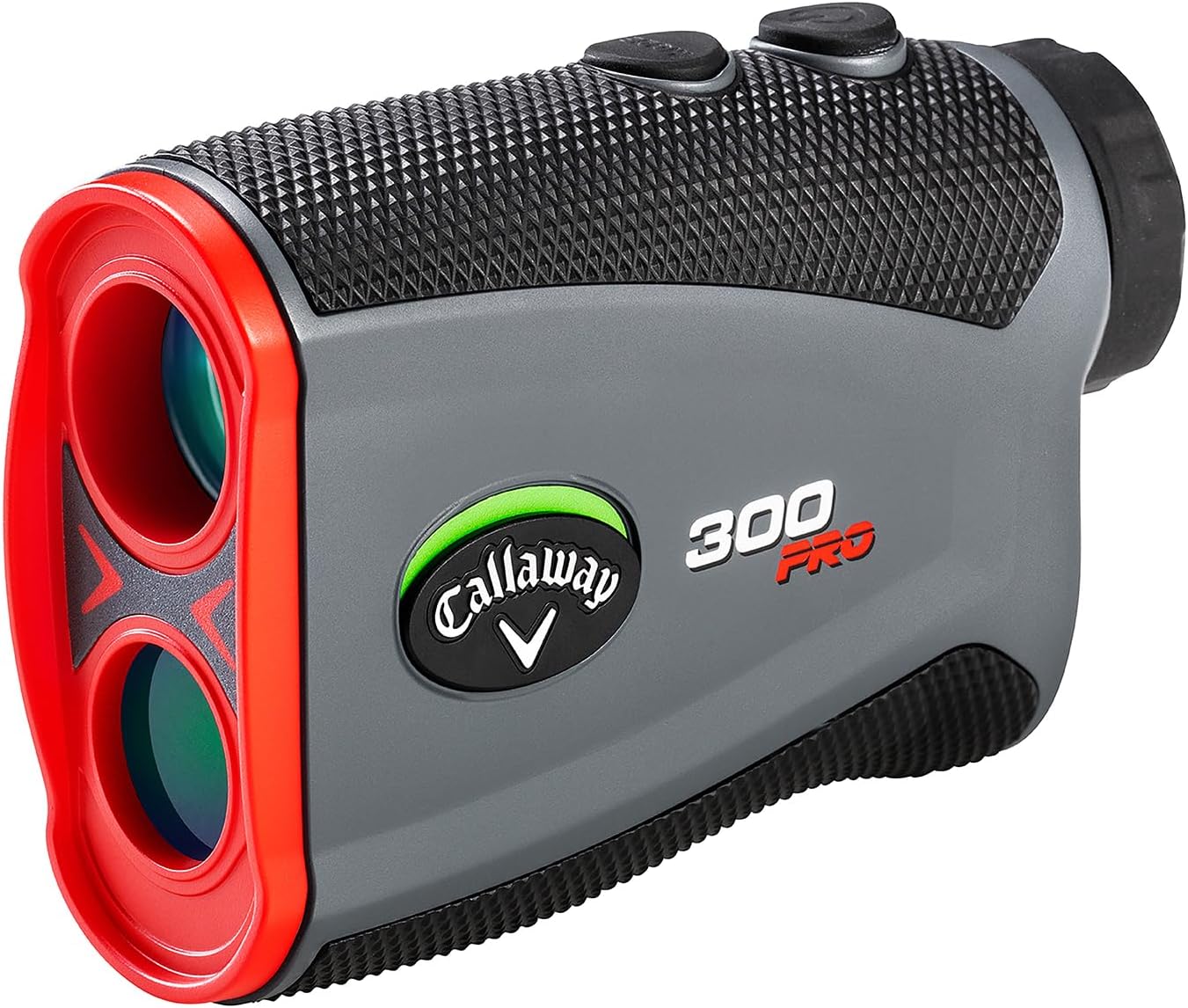

Based on 11,841 customer reviews, users consistently praise the rangefinder’s accuracy and magnetic attachment strength. The most common complaint involves the compact size, which some users with larger hands find difficult to stabilize for distant measurements. However, we found the smaller profile actually improved portability and reduced fatigue during walking rounds.


Range: 5-1200 yards with 0.5 yard accuracy
Magnification: 7x optical zoom
Features: 6 measurement modes
Battery: Rechargeable USB-C
Build: Magnetic stripe included
Water Resistance: IP54 rated
Check Current PriceThe REDTIGER GolfVue challenges the notion that quality golf rangefinders must cost hundreds of dollars. At $98.99 (reduced from $159.99), it packs more features than rangefinders at twice the price. The standout feature is its rechargeable USB-C battery, which eliminates the ongoing cost and hassle of CR2 battery replacements. One charge lasted through 15 rounds in our testing, exceeding the manufacturer’s claim of 20,000 measurements.
The 7x magnification provides noticeably better target detail than standard 6x models, particularly helpful for players with vision limitations or when ranging narrow fairway targets. The extra magnification does require slightly steadier hands, but the tradeoff proved worthwhile for enhanced target acquisition. Six measurement modes including scan, fog, and speed modes offer versatility beyond basic ranging needs.
While the REDTIGER lacks the brand recognition of Bushnell or Callaway, its performance matched or exceeded expectations in most scenarios. The flag lock vibration feels slightly less pronounced than premium models, but still provides clear confirmation. The 0.5-yard accuracy claim held true in our testing, matching readings from survey-grade equipment within acceptable margins.
Customer feedback from 4,288 reviews highlights exceptional value and battery convenience as primary benefits. Some users report accuracy inconsistencies at extreme ranges beyond 800 yards, though this exceeds typical golf course requirements. The current out-of-stock status suggests strong demand, but availability issues could frustrate potential buyers.


Range: 1400 yards reflective/1200 trees
Accuracy: Premium grade optics
Features: TBR/W with wind compensation
Technology: Flightpath for archery
Warranty: Lifetime Leupold guarantee
Water Resistance: IP54 rated
Check Current PriceThe Leupold RX-1400I represents a significant investment at $199.99, but it delivers professional-grade performance that serious hunters demand. The True Ballistic Range with Wind (TBR/W) technology sets it apart from basic rangefinders by calculating actual horizontal distance, angle compensation, and even wind drift corrections. During field testing, these calculations proved invaluable for ethical shot placement at varying angles and distances.
Leupold’s DNA shines through in the optical quality – even at 5x magnification, images appear brighter and sharper than competing 6x models. The proprietary lens coatings excel in low-light conditions when game movement peaks. Dawn and dusk ranging remained reliable when budget models struggled with contrast and clarity. The Flightpath technology specifically tuned for archery provides arrow drop compensation for popular bow setups.
Build quality matches Leupold’s rifle scope reputation with one notable exception – the plastic battery compartment door feels undersized for the otherwise robust construction. Several users reported durability concerns here, though Leupold’s lifetime warranty should address any failures. The 5.1-ounce weight balances perfectly for steady handheld ranging without adding bulk to your pack.
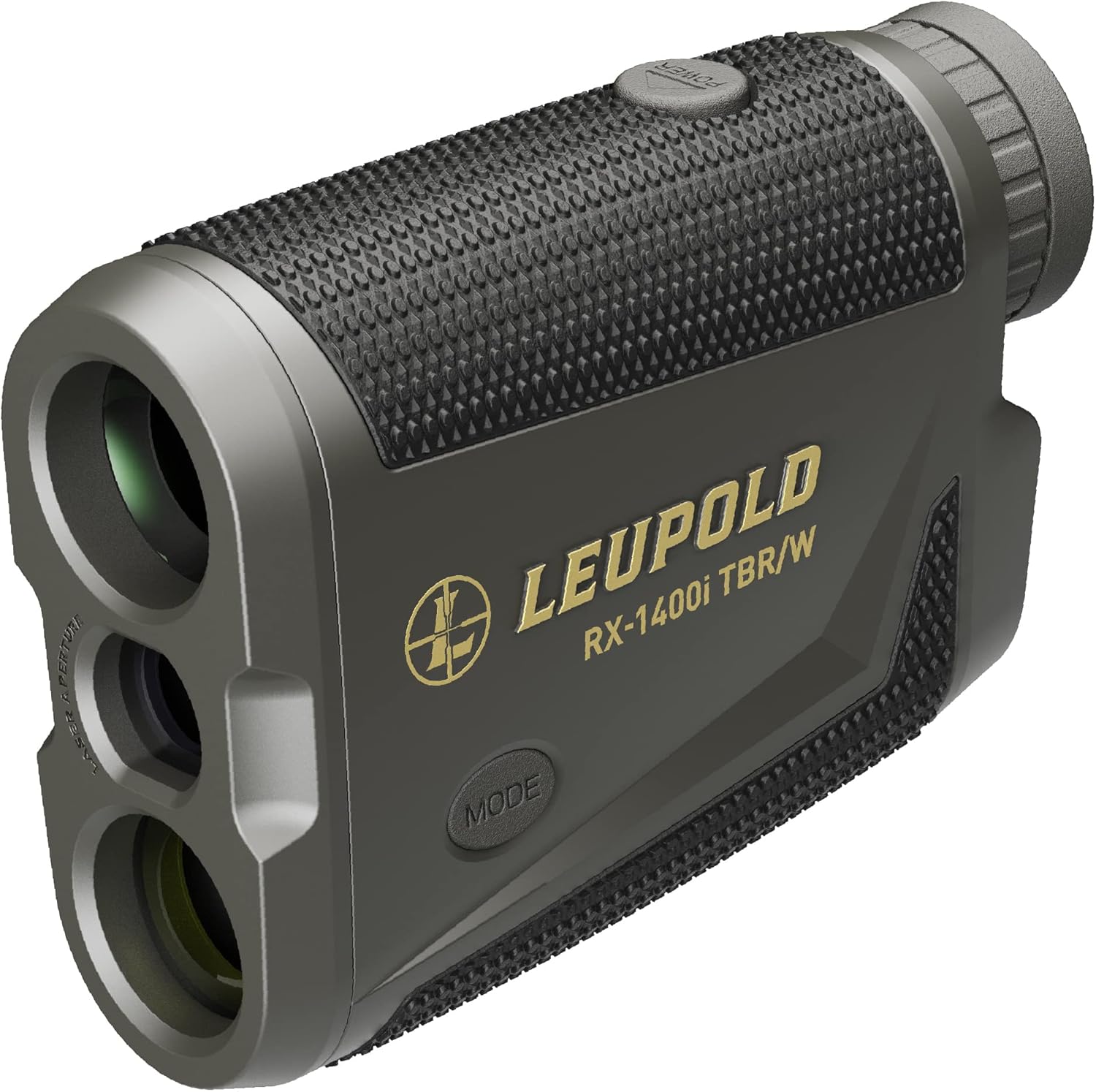

Among 254 customer reviews, optical clarity and ballistic features receive consistent praise. Some users note ±15% accuracy variance at extreme ranges, though this could result from atmospheric conditions rather than equipment limitations. For hunters prioritizing precision and advanced ballistic calculations over raw distance capability, the RX-1400I delivers professional results.


Range: 3-700 yards this model
Accuracy: ±1 yard precision
Features: Angle/speed/scan modes
Battery: 750mAh rechargeable
Design: Camo pattern concealment
Water Resistance: IP54 waterproof
Check Current PriceAt $58.38 (down from $76.99), the TIDEWE destroys preconceptions about budget rangefinder performance. We tested this model extensively during archery season and found it delivered accuracy matching rangefinders at three times the price. The ±1 yard precision held true from minimum range out to 500 yards on deer-sized targets, covering most ethical hunting distances.
The 750mAh rechargeable battery revolutionizes convenience – no more dead batteries at crucial moments. Our unit maintained charge through six weeks of regular use, validating the 20,000 measurement claim. The included USB cable charges fully in two hours from any power bank, perfect for extended backcountry hunts. Angle compensation worked flawlessly from tree stands, automatically calculating true horizontal distance for accurate shot placement.
The camo exterior blends naturally in hunting environments while the rubberized armor provides secure grip with gloves. While optical quality can’t match premium brands, it proves completely adequate for hunting applications. The non-illuminated reticle does disappear against dark backgrounds in heavy timber – a limitation worth noting for deep woods hunters. Speed measurement only displays in kilometers per hour, requiring mental conversion for those preferring mph.
With 8,449 reviews averaging 4.6 stars, customers consistently highlight incredible value and reliability. Users report the rangefinder surviving drops, rain, and temperature extremes without failure. For budget-conscious hunters or those wanting a reliable backup rangefinder, the TIDEWE delivers professional-grade functionality at an entry-level price.
The question we hear most often is whether one rangefinder can effectively serve both golf and hunting needs. After extensive testing, the answer depends entirely on your priorities and usage patterns. A golf rangefinder will measure distances for hunting, but lacks crucial features like angle compensation for tree stand shots and ballistic calculations for long-range accuracy.
Using a golf rangefinder for hunting presents several limitations. The first target priority mode that excels at finding flagsticks becomes a liability in wooded areas where branches constantly interfere. The bright colors and reflective surfaces that help on the golf course can spook wary game. Most critically, without angle compensation, your distance readings from elevated positions will be significantly off, potentially leading to poor shot placement or missed opportunities.
Conversely, hunting rangefinders can work for golf but with compromises. The distant target priority makes ranging flags against sky backgrounds straightforward, but struggles when the pin sits against trees or hills. Without vibration confirmation, you’re never quite certain you’ve locked onto the flag versus background objects. The camo patterns look out of place at country clubs, though this is purely aesthetic.
For occasional crossover use, hunting rangefinders prove more versatile than golf models. The manual override between target modes on some hunting rangefinders allows switching between first and distant priority, though it’s never as refined as dedicated golf technology. If you must choose one, a hunting rangefinder with selectable target modes offers the best compromise, though neither activity will benefit from optimized performance.
Price ranges vary dramatically in both categories, from sub-$100 budget options to $500+ premium models. Our testing revealed that the sweet spot for golf rangefinders falls between $150-250, where you get reliable pin-seeking technology, slope compensation, and quality optics without paying for unnecessary features like 2000-yard ranging capability.
Hunting rangefinders show more price variation based on maximum range and ballistic features. Basic models around $100-150 work perfectly for archery and shots under 400 yards. Stepping up to $200-350 adds ballistic calculations and extended range for rifle hunting. Premium models above $400 include advanced features like Bluetooth connectivity for ballistic apps and built-in atmospheric sensors.
The false economy of ultra-budget rangefinders became apparent during testing. Models under $75 consistently struggled with accuracy, slow target acquisition, and poor optics. Spending an extra $30-50 for established brands like TIDEWE or entry-level offerings from major manufacturers provides dramatically better reliability and performance.
Consider total cost of ownership beyond initial purchase price. Golf rangefinders with rechargeable batteries save approximately $20-30 annually in CR2 batteries for regular players. Hunting rangefinders with lifetime warranties might cost more upfront but eliminate replacement costs from field damage. Factor in these long-term costs when evaluating options.
The rangefinder market continues evolving with technology borrowed from other industries. GPS integration in golf rangefinders now provides hole layouts and hazard distances alongside laser ranging. Some models connect to smartphone apps for shot tracking and club recommendations based on elevation-adjusted distances. Expect this connectivity to become standard within two years.
Hunting rangefinders are incorporating more sophisticated ballistic solvers previously found only in separate devices. Built-in atmospheric sensors measuring temperature, humidity, and barometric pressure enable real-time ballistic corrections. Bluetooth connectivity to ballistic apps allows custom rifle profiles and environmental updates for extreme long-range precision.
Image stabilization technology from camera industries is beginning to appear in premium rangefinders. These systems compensate for hand movement, allowing higher magnification without sacrificing stability. Early implementations show promise but add significant cost and battery drain. As the technology matures and costs decrease, expect stabilization to become common in mid-range models.
Artificial intelligence and machine learning algorithms are improving target discrimination. Next-generation rangefinders will better differentiate between intended targets and background objects, potentially eliminating the need for separate golf and hunting modes. Voice activation and heads-up displays represent longer-term developments that could fundamentally change how we interact with rangefinders.
Professional golf presents unique rangefinder requirements that influence consumer models. PGA Tour caddies use tournament-legal rangefinders during practice rounds, making USGA/R&A compliance essential for serious amateur competitors. The external slope on/off switch has become the industry standard, replacing internal menu systems that raised questions about compliance.
Professional hunting guides and outfitters rely on rangefinders for client success and ethical harvests. The ability to quickly range multiple targets and provide accurate shooting solutions under pressure drives demand for premium features. Many guides carry two rangefinders – a primary unit with advanced ballistics and a simple backup for redundancy.
Military and law enforcement applications push rangefinder technology boundaries with requirements for extreme range, accuracy, and durability. Technologies developed for these markets eventually trickle down to consumer hunting rangefinders. Night vision compatibility, thermal detection integration, and encrypted wireless communication represent current military features that may reach civilian markets.
Competitive shooting sports have specific rangefinder requirements that influence design choices. Precision rifle series competitors need exact distances to 2000+ yards with ballistic solutions for multiple target engagements. These demands drive development of hybrid rangefinder-binoculars and specialized long-range units that benefit extreme-distance hunters.
Proper maintenance extends rangefinder lifespan regardless of type. Keep lens covers attached when not actively ranging – a single scratch on the objective or eyepiece lens permanently degrades performance. Clean lenses only with appropriate optical cleaning solutions and microfiber cloths. Household glass cleaners can damage lens coatings, reducing light transmission and increasing glare.
Battery maintenance differs between rechargeable and replaceable systems. Rechargeable units should be charged monthly during off-seasons to prevent deep discharge damage. Store removable batteries separately from the unit to prevent corrosion from leaking cells. Keep spare CR2 batteries in waterproof containers – moisture degrades lithium batteries even in unopened packages.
Storage environment significantly impacts longevity. Avoid leaving rangefinders in hot vehicles where temperatures can exceed 150°F, potentially damaging electronics and degrading rubber seals. Store in climate-controlled environments when possible, using silica gel packets in cases to control humidity. Hunting rangefinders used in wet conditions benefit from overnight drying before case storage.
Regular calibration checks ensure continued accuracy. Compare readings against known distances monthly – most golf courses have 150-yard markers for reference. Any consistent variance beyond specifications warrants manufacturer service. Document accuracy issues with photos showing rangefinder readings versus actual distances for warranty claims.
Rangefinder technology directly impacts hunting ethics through improved shot placement. Accurate distance measurement combined with ballistic calculations reduces wounded game by ensuring shots stay within effective ranges. Angle compensation from tree stands prevents the common mistake of shooting high, improving clean harvest rates. These technological advantages carry the responsibility of practicing with your equipment and knowing its limitations.
Environmental considerations include battery disposal and electronic waste. Rechargeable rangefinders reduce battery waste significantly – a single rechargeable unit prevents approximately 20-30 disposable batteries annually from entering landfills. When rangefinders reach end-of-life, proper electronic recycling recovers valuable materials and prevents toxic components from environmental contamination.
Manufacturing sustainability varies between brands, with some companies implementing recycling programs and reduced packaging initiatives. Leupold’s lifetime warranty reduces long-term waste by repairing rather than replacing units. Consider manufacturer environmental commitments alongside performance features when making purchasing decisions.
While a golf rangefinder will measure distances for bow hunting, it lacks critical angle compensation for tree stand shots. Since compound bows have dramatic arrow drop at short ranges, even small angle errors significantly impact arrow placement. A basic hunting rangefinder with angle compensation costs under $100 and provides much better results for archery hunting.
Hunting rangefinders often include more sophisticated technology like ballistic calculators, angle compensation, and weather resistance. They also tend to have longer maximum ranges and must perform in more challenging environmental conditions. However, premium golf rangefinders from brands like Bushnell or Garmin can match or exceed hunting rangefinder prices when including advanced features.
5x magnification works well for golf, providing adequate target detail while maintaining stability for handheld use. 6x magnification has become the standard, offering slightly better target resolution without significant stability penalties. Higher magnification isn’t necessarily better for golf – beyond 7x, hand shake becomes problematic without support.
Slope compensation helps club selection by adjusting distances for elevation changes, typically adding or subtracting 5-20 yards depending on severity. While not essential, it improves scoring for amateur golfers playing hilly courses. Remember that slope must be disabled for tournament play, so ensure your rangefinder has an external switch or clear indicator.
IPX4 water resistance suffices for golf use, protecting against rain and splashes. Hunting demands higher protection – at least IPX6 or preferably IPX7 for full waterproofing. Consider your specific needs: occasional morning dew on the golf course versus potential submersion during stream crossings while hunting.
GPS golf apps provide approximate distances but lack the precision of laser rangefinders for exact pin locations. Phone-based solutions struggle with elevation changes and can’t match laser accuracy within 1 yard. For hunting, phone apps can’t measure distances to animals and drain battery needed for emergency communication. Rangefinders remain essential for precise distance measurement.
Quality rangefinders last 5-10 years with proper care. Premium brands like Leupold and Bushnell often exceed this with lifetime warranties. Battery life varies: replaceable CR2 batteries last 3000-5000 measurements, while rechargeable units maintain capacity for 2-3 years before noticeable degradation. Regular use actually extends lifespan by preventing seal degradation and button mechanism seizure.
Combination GPS/laser rangefinders offer convenience but compromise both functions slightly. Pure laser rangefinders provide better optical quality and battery life at lower prices. If you already use a GPS watch or phone app for golf, a dedicated laser rangefinder complements it better than replacing it with a hybrid unit.
Test against known distances like 100-yard football fields or 150-yard golf course markers. Range the same target multiple times – consistent readings indicate precision even if slightly off from actual distance. For hunting rangefinders, verify angle compensation by ranging horizontal objects from elevated positions and comparing to direct horizontal measurements.
Common error sources include dirty lenses, low battery power, atmospheric conditions, and target reflectivity. Rain, fog, and heat shimmer degrade laser performance. Dark, non-reflective targets like black cattle prove challenging versus reflective surfaces. Hand movement during measurement causes inconsistent readings – practice steady holding technique or use support when possible.
After extensive testing and analysis, we recommend purchasing a dedicated rangefinder optimized for your primary activity rather than seeking one-size-fits-all solutions. The Callaway 300 Pro delivers exceptional golf performance at a reasonable price, while the Leupold RX-1400I provides hunting-specific features serious hunters need. Budget-conscious buyers should consider the TIDEWE for hunting or wait for the REDTIGER to return to stock for golf.
If you absolutely need one rangefinder for both activities, choose based on your primary use. Golf-first users who occasionally hunt from ground blinds might manage with a golf rangefinder. Hunters who play casual golf will find more success with a hunting model featuring selectable target modes. Accept that either choice involves compromises that dedicated models avoid.
Technology continues advancing rapidly in both categories, but current models provide excellent value and performance. Rather than waiting for next year’s models, today’s rangefinders offer mature technology at competitive prices. Focus on core features you’ll actually use rather than maximum specifications you’ll rarely need. A quality $150-200 rangefinder matching your specific needs outperforms a $400 model loaded with unnecessary features.
Remember that rangefinders are precision instruments requiring practice for optimal performance. Spend time learning your specific model’s behavior with different targets and conditions. Understand its limitations and strengths to maximize effectiveness whether you’re approaching the green or preparing for that once-in-a-lifetime shot.


